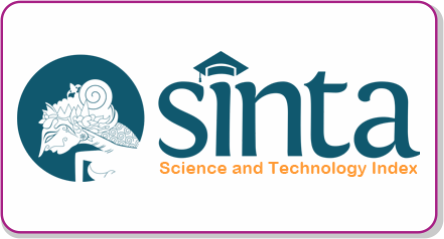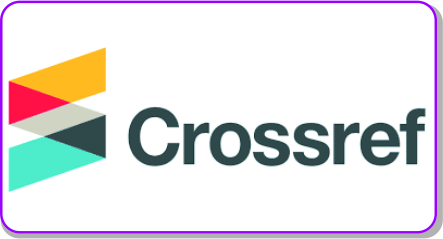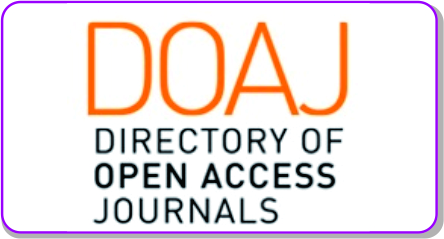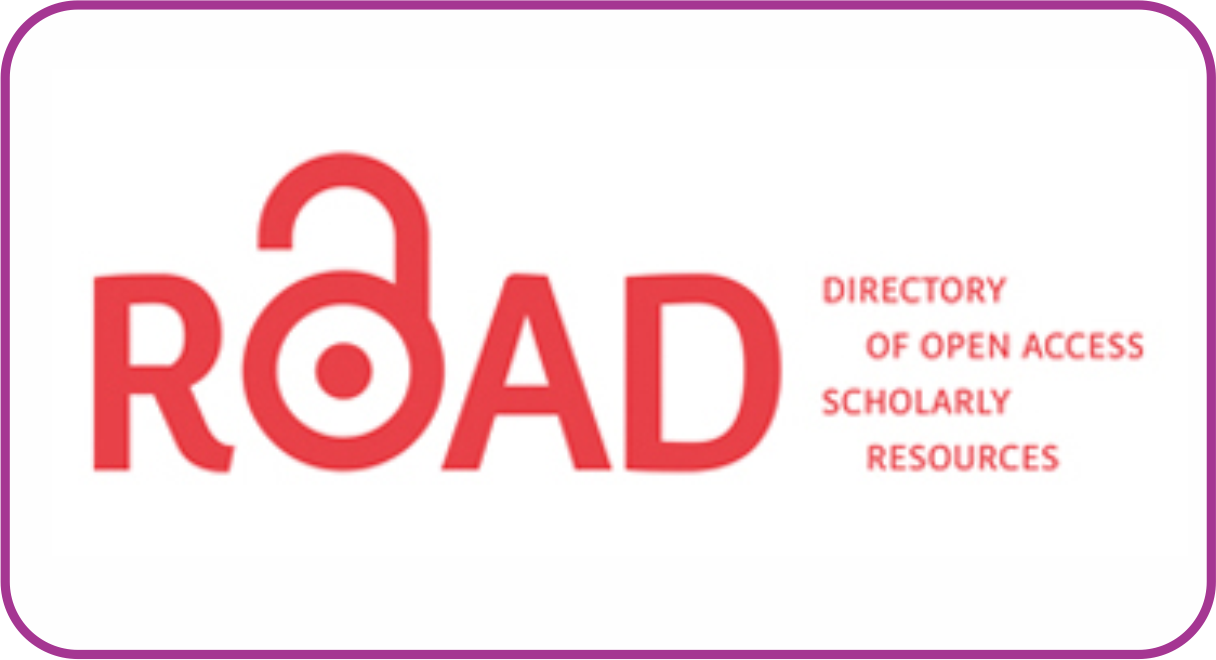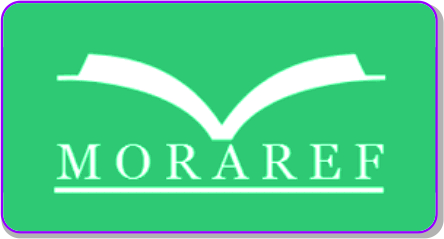Electronic Public Summon In Civil Procedure; In Effort To Quit The Colonial Heritage
Abstract
Keywords
Full Text:
PDFReferences
Books
Bagir Manan, Dasar-Dasar Peraturan Perundang-Undangan Indonesia, Ind-Hill Co., Jakarta, 1993
Deliar Noer & Iskandar Alisyahbana, Perubahan, Pembaharuan dan Kesadaran Menghadapi Abad Ke-21, PT Dian Rakyat, Jakarta, 1988;
Soetandyo Wignjosoebroto, Dari Hukum Kolonial Ke Hukum Nasional: Suatu Kajian Tentang Dinamika Sosial-Politik Dalam Perkembangan Ilmu Hukum Selama satu Setengah Abad Di Indonesia, Raja Grafindo, Jakrta, 1984;
Subekti, Hukum Acara Perdata, Bina Cipta, Jakarta, 1977;
Yahya Harahap, Hukum Acara Perdata, Sinar Grafika, Jakarta, 2005;
Journals
Amar Ahmad, Perkembangan Teknologi dan Informasi: Akar Revolusi Dan Berbagai Standarnya, Jurnal Dakwah Tabligh, Vol 13, No. 1, June 2012;
Gunawan, Hendra,. “Sistem Peradilan Islam” Pada Jurnal el-Qonuniy: Jurnal Ilmu-Ilmu Kesyari'ahan dan Pranata Sosial Fakultas Syariah dan Ilmu Hukum IAIN Padangsidimpuan, Volume 5 Nomor 1 Edisi Januari-Juni 2019;
Retro Wulan Sutantio & Iskandar Oeripkartawinata, Hukum Acara Perdata Dalam Teori dan Praktek, Mandar Maju, Bandung, 2002;
Safuwan, Gaya Hidup, Konsumerisme and Modernitas, Jurnal SUWA Universitas Malikusaleh, Vol. V No. 1, 2007;
Salman Yoga, Perubahan Sosial Budaya Masyarakat Indonesia dan Perkembangan Teknologi Komunikasi, Jurnal Al-Bayan, Vol. 24 No. 1 Januari 2018;
Sinung Utami Hasri Hapsari, Hukum Media, Dulu, Kini dan Esok, Jurnal Riptek, Vol 6, No.1 2012;
Laws
Chief of MA Decree No. 1-144/KMA/SK/I/2011 on the Guidelines of Court Information Services;
Chief of MA Decree No. 129/KMA/SK/VIII/2019 on Technical Guideline of Case Administration and Court Electronification;
Government Regulation No. 2 of 1945;
Government Regulation No. 9 of 1975 on the Guidelines of Law No. 1 of 1974 on Mariage;
Indonesia Constitutional Law of 1945;
Law No. 14 of 1985 on the Supreme Court (Mahkamah Agung) as lastly amended by the Law No. 3 of 2009;
Law No. 14 of 2008 on The Transparency of Public Information;
Law No. 40 of 1999 on Pers;
MA Regulation No. 1 of 2019 on Case Administration and Court Trial Electronification;
Staatsblad No. 16 of 1848 as amended by Staatsblad No. 44 of 1941on the Her Herziene Indonesisch Reglement;
Staatsblad No. 23 of 1847 on the Burgerlijk Wetboek;
Staatsblad No. 52 of 1847 as amended by Staatsblad No. 63 of 1849 on Reglement op de Burgerlijke Rechtsvordering;
Websites
Conference of Chief Justices and Conference of State Court Administrators, “Resolution 13: The Emergence of E-Everything” (2006) http://ccj.ncsc.org/data/assets/pdf (2006).
Handphone, Wikipedia, https://id.wikipedia.org/wiki/Telepon_genggam;
http://www.harianpilar.com/2020/08/26/pembaca-media-cetak-45-juta;
https://ajaib.co.id/biaya-iklan-tv-mahal-apakah-worth-it-dengan-manfaatnya/
Iskandar Setiadi and Faiz Ilham, Efektifitas Papan Pengumuman di lingkungan ITB, https://www.scribd.com/doc/93140506/Analisis-Efektivitas-Papan-Pengumuman-Sebagai-Media-InformasMahasiswa-TPB-STEI-2011;
Roadmap SIPP Tahun 2015-2019, Direktorat Jendral Badan Peradilan Umum, https://badilum.mahkamahagung.go.id/index.php?option=com_attachments&task=download&id=125
Steve Jobs, in the first event of iPhone release on 9 January 2007;
Telephone, Wikipedia, https://id.wikipedia.org/wiki/Telepon;
DOI: https://doi.org/10.24952/almaqasid.v8i1.5191
Refbacks
Copyright (c) 2022 Jurnal AL-MAQASID: Jurnal Ilmu Kesyariahan dan Keperdataan

This work is licensed under a Creative Commons Attribution-ShareAlike 4.0 International License.



2.gif)







